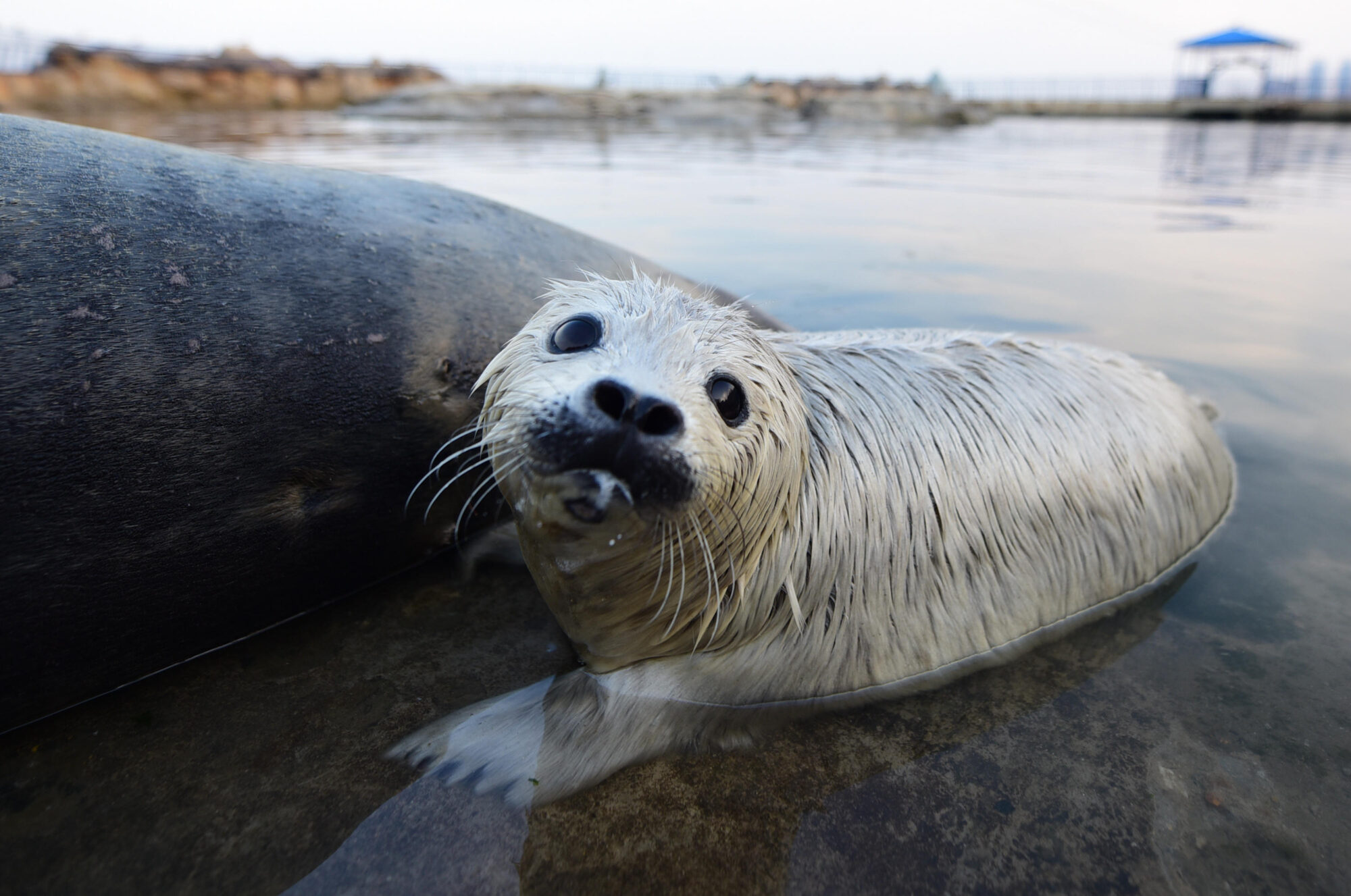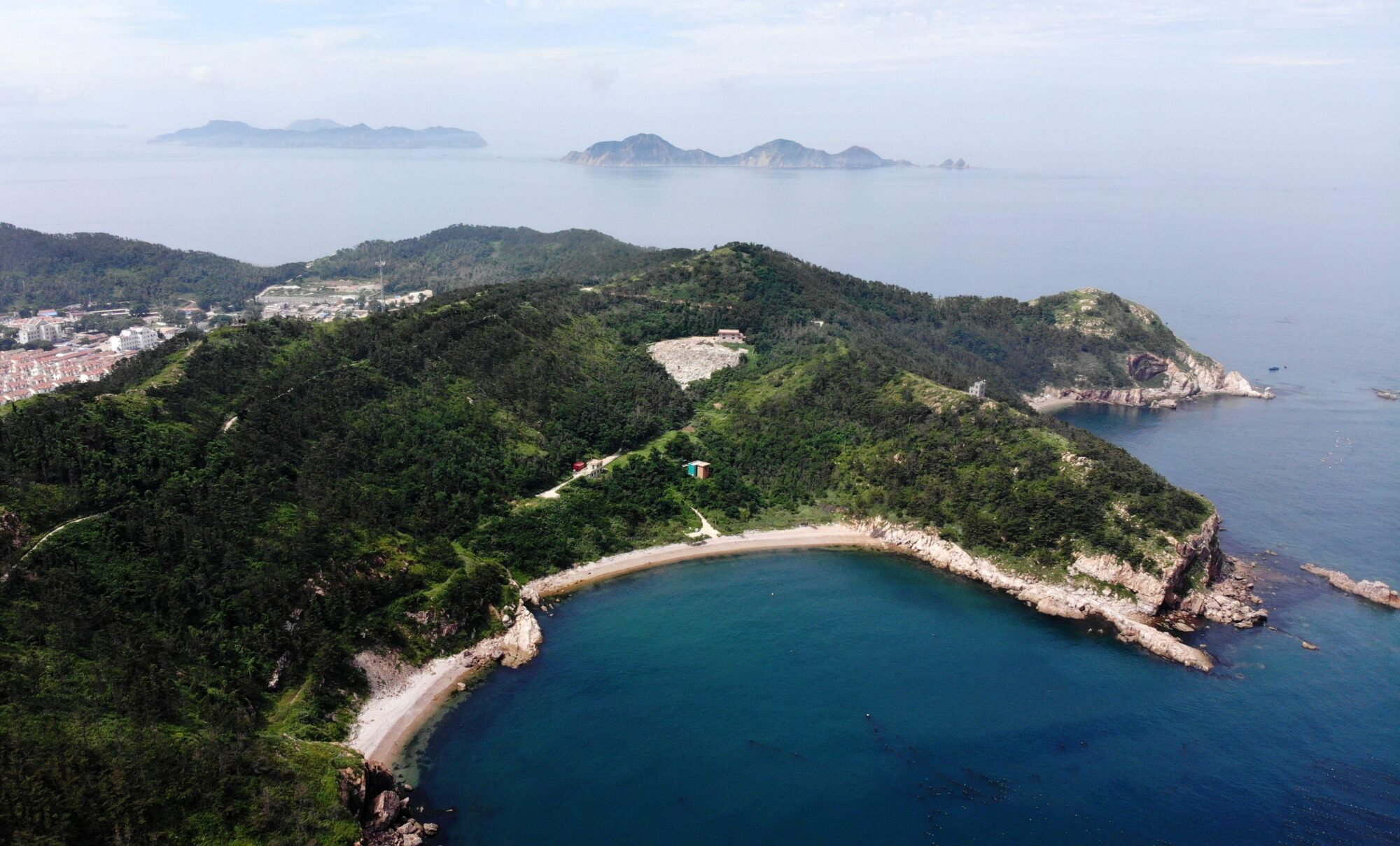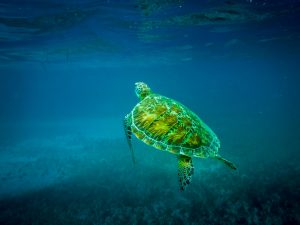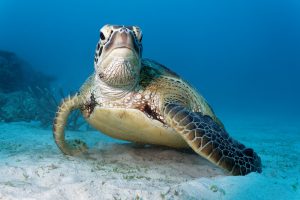The Changdao archipelago marks the threshold between the Bohai and Yellow seas. It is already home to nine national protected areas, including marine parks, geoparks and reserves for birds and marine mammals.
Late last year, Shandong announced its intention to create a marine national park at Changdao. If successful, it would be one of the country’s first such parks.
China started piloting a national parks system in 2015, to improve its management of nature reserves. “National parks are protected areas with complete ecosystems, unique scenery, rich biodiversity, large areas and tough protections,” according to Chen Shang, a member of the committee establishing technical standards for national parks and nature reserves.
In the past ten years China has set up 10 national parks, including at Sanjiangyuan and the Qilian Mountains. Together, these cover 200,000 square kilometres across 12 provinces. An official list of them is due to be published this year. But progress on marine national parks has been slower, with no pilots running as yet.
According to Zhu Yanpeng, an associate researcher at the Chinese Research Academy of Environmental Sciences (CRAES), this was so “experience could be gained and approaches developed.” Zhu, who helped draft plans for a number of the national park pilots, thinks the terrestrial versions face more manageable challenges than the marine ones.
The National Park Administration (NPA) solicited opinions last year on a candidate list for a second batch of national parks. One expert who has seen that list told China Dialogue marine national parks at Changdao in Shandong, Sansha in the South China Sea, and the Changshan Archipelago in Liaoning were included. Chen Shang agreed that the published list will include the country’s first marine national parks.
If that’s the case, marine national parks status will be granted directly, with no pilot stage.
Changdao: A well-prepared candidate
Work on a marine national park in Changdao got started early and plans for it are among the most advanced.
Back in 2017, Chen and his colleagues produced standards for selecting and planning marine national park locations, as well as a list of preferred candidates. The 24 candidates included islands, bays, wetlands, mangrove swamps and coral reefs. Changdao was on the list, and preparatory work got underway, with Chen and his team involved in research and planning.
Their research fell within three main indices: national representativeness, ecological importance and managerial feasibility. “Changdao met the requirements on all of these,” says Chen.
The Changdao Islands are home to the oriental stork and spotted seal, both Class I protected species, as well as the Class II-protected narrow-ridged finless porpoise. The loess island terrain and the oldest temple in northern China dedicated to the sea goddess Mazu deepen the attraction of the archipelago.
In 2018, Shandong set up a “Changdao Marine Ecological Civilisation Pilot Zone” to strengthen conservation in the area. That zone covers all the islands and their surrounding waters and aims to explore a model combining ecological conservation and green economy.
As with terrestrial national parks, marine national parks will merge existing protected areas. Bringing Changdao’s nine together is not expected to be complicated: Chen’s team simply drew a line encompassing those areas and the gaps between them. Current plans would see most of the Changdao Pilot Zone, an area of over 3,000 km2, included in the marine national park.
The parts left out are made up mostly of residential areas, fishing ports and parts of the heavily touristed Cove of Miao Island. “You need to leave some room for developing the economy,” Chen said.
By 2020, experts carried out full surveys of the 10 inhabited islands and 22 uninhabited ones; conducted baseline survey of the local marine environment and resources; and carried out studies of protected species. They then drew up a plan for establishing the Changdao National Park. One expert involved in the process told China Dialogue that overall plans for the park and its management are due to be finished this year. Once those plans have been approved, they could be packed up and submitted to the NPA as an application for national park status.

Management challenges
But this does not mean it will be plain sailing. Some have publicly opposed the scheme, saying the species the park will protect are not unique in the same way the giant panda or Siberian tiger are, and that it will hamper economic development.
“We’re not only building one national park, so they just need to be representative, not unique,” Chen said in response. However, he did admit Changdao will need to balance conservation and economic growth.
The ongoing national park pilot projects use zoning to help. In core zones, all human activity is, in principle, banned. Elsewhere, it is restricted. There is no doubt residents will be affected. And how to accommodate people’s livelihoods while achieving the aims of the parks has been a key issue for the pilot projects. The main approaches have been to relocate residents, provide compensation, or create new jobs.
In Changdao, relocations and compensation are particularly thorny issues. According to Chen Shang, most residents within the proposed park work in the fishing industry. The average household income is between 400,000 and 500,000 yuan (US$62,000-78,000). They would therefore expect a similar amount in compensation if fishing was halted. Preliminary studies indicate the Changdao National Park would affect several thousand households and dozens of businesses, requiring park managers to pay out 50-80 million yuan (US$7.7-12.4 million) annually, for five to eight years.
Chen’s team are trying to ensure the plans help residents make a living. This would include moving residents to Miao Island and other islands towards the south of the archipelago, creating a “gateway” to the park outside its borders, where the tourism industry could grow.
The outcome, and the degree of cooperation the residents will offer, remain to be seen. Ning Hua, director of the Natural Resources Defense Council’s China Conservation Project, warns that relocations must consider capacity in the areas residents are relocated to, and whether or not they wish to be relocated. Detailed socioeconomic feasibility studies will be needed.
There are other challenges, unique to marine national parks. As they lack natural barriers overfishing and pollution from oil fields and cargo vessels originating outside the park will cause harm within, explained Zhu Yanpeng, who has helped draft plans for a number of national parks.
Then there is the question of who will manage them. Zhu points out the NPA is currently under the National Forestry and Grassland Administration (NFGA), which does not manage ocean areas. But a marine national park will include coastlines and islands, so managers must have authority over both land and ocean areas.
“Effective management of the ocean requires strong cooperation across departments,” Ning Hua said. In other words, coordination across land and ocean is crucial. Ministerial reforms in 2018 saw the NFGA and public security bodies managing China’s land areas, with the China Coast Guard Bureau in charge of ocean areas – although the Ministry of Ecology and Environment takes the lead in cases of pollution. Therefore, the body managing marine national parks will need to be able to mobilise a range of other government departments.
Unfortunately, such coordination is lacking in the national parks system as it stands. During this year’s Two Sessions, Wang Yi, a member of the Standing Committee of the National People’s Congress, submitted a motion pointing out that the NPA does not have the necessary powers to properly manage nature reserves. Wang suggested placing the NPA directly under the State Council, a promotion which would allow it to work more effectively across departments and regions.
One expert involved in the plans for the Changdao park suggested running pilots of marine national parks, as was done for the terrestrial parks. He explained that under current plans, cross-departmental mechanisms are restricted to within Shandong province. Treating the Bohai Strait as a single entity would allow for better protection – but require coordination between Shandong and Liaoning. He also pointed out that coordination for marine national parks will be more complex and involve negotiation across provinces, and between local and central government. This is because local governments manage waters up to 12 nautical miles from the coast, at which point central government takes over. “So we’d like to see some pilot projects first, to avoid having more issues to deal with later on,” the expert said.
A network of marine protected areas
“Establishing marine national parks is just the first step,” said Chen Shang. As protected areas will continue to be affected by human activity outside their boundaries, marine reserves and parks will need to be linked up, creating a “system” of protected areas, as proposed in the 14th Five Year Plan outline.
In 2019, China proposed a “system of protected areas, based around national parks.” Protected areas would be classified as national parks, nature reserves or nature parks, depending on ecological worth and level of protection.
Ocean protection is receiving growing attention around the world. A so-called “Thirty by Thirty” target aims to have 30% of the ocean protected by 2030. In October, the 15th meeting of the Conference of the Parties (COP15) to the Convention on Biological Diversity (CBD) will be held in Kunming to adopt biodiversity targets for the coming decade. Thirty by Thirty is currently the most widely supported of COP15 proposals. It is based on the connected nature of the ocean, taking into account the habitat requirements of fish at different stages of their lifecycle, and would help them move to more suitable areas in the face of environmental pressure.
Ning Hua says that in order to achieve the goal, “all countries need to work together to protect the high seas, which cover 60% of the Earth’s ocean area, and set conservation targets for seas under their national jurisdiction.”
But it will not be an easy goal to reach. According to figures from the International Union for Conservation of Nature (IUCN), only 7.43% of the global ocean was protected as of 12 April 2020. The goal of 30% by 2030 remains distant.
To help protect the ocean environment, China has established a system of ecological redlines, and this year will produce the first Five Year Plan specific to ocean environmental protection. However, no targets on the total area of ocean to be protected have been set. Experts told China Dialogue that establishing marine national parks is a first step which will combine scattered and isolated protected areas, so allowing marine life to roam safely over greater distances and helping ecosystems recover. Then, the protected areas must be expanded to form a system, they said.








